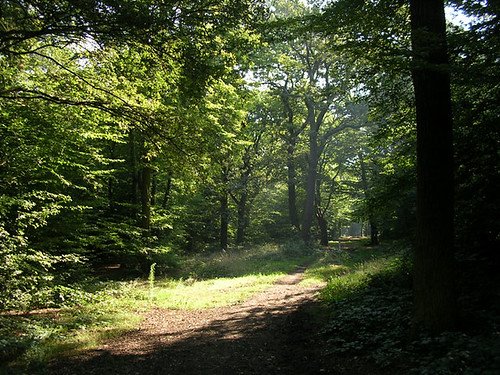Imagine waking up one morning to find your entire world underwater—villages vanished, forests drowned, and the very shape of the land forever changed. Around 12,000 years ago, as the last Ice Age ended, this wasn’t just a nightmare for our ancestors—it was reality. Massive glaciers melted, seas swelled, and the face of Earth was dramatically transformed. But did ancient civilizations truly have to start from scratch, or did they somehow carry their knowledge through the floodwaters of time? What secrets are hidden beneath the waves and lost in the mud of forgotten valleys? The answer is far more surprising—and inspiring—than many imagine.
The World Before the Melt: Life on the Ice Age Edge
Before the great thaw, the Earth was a place of staggering contrasts. Ice sheets covered much of North America, Europe, and Asia, pressing down on the land and locking away vast amounts of water. Yet, life thrived on the edges—hardy hunters tracked mammoths across frozen plains, and ingenious gatherers learned to use every resource. Imagine a world where what’s now the English Channel was a broad, grassy plain called Doggerland, teeming with life. People adapted to the cold with warm clothing, clever shelters, and a deep understanding of their environment. Archaeological finds like ancient bone needles and stone tools hint at a surprising level of sophistication, even in these harsh conditions.
Melting Ice and Rising Seas: The Great Floods Begin
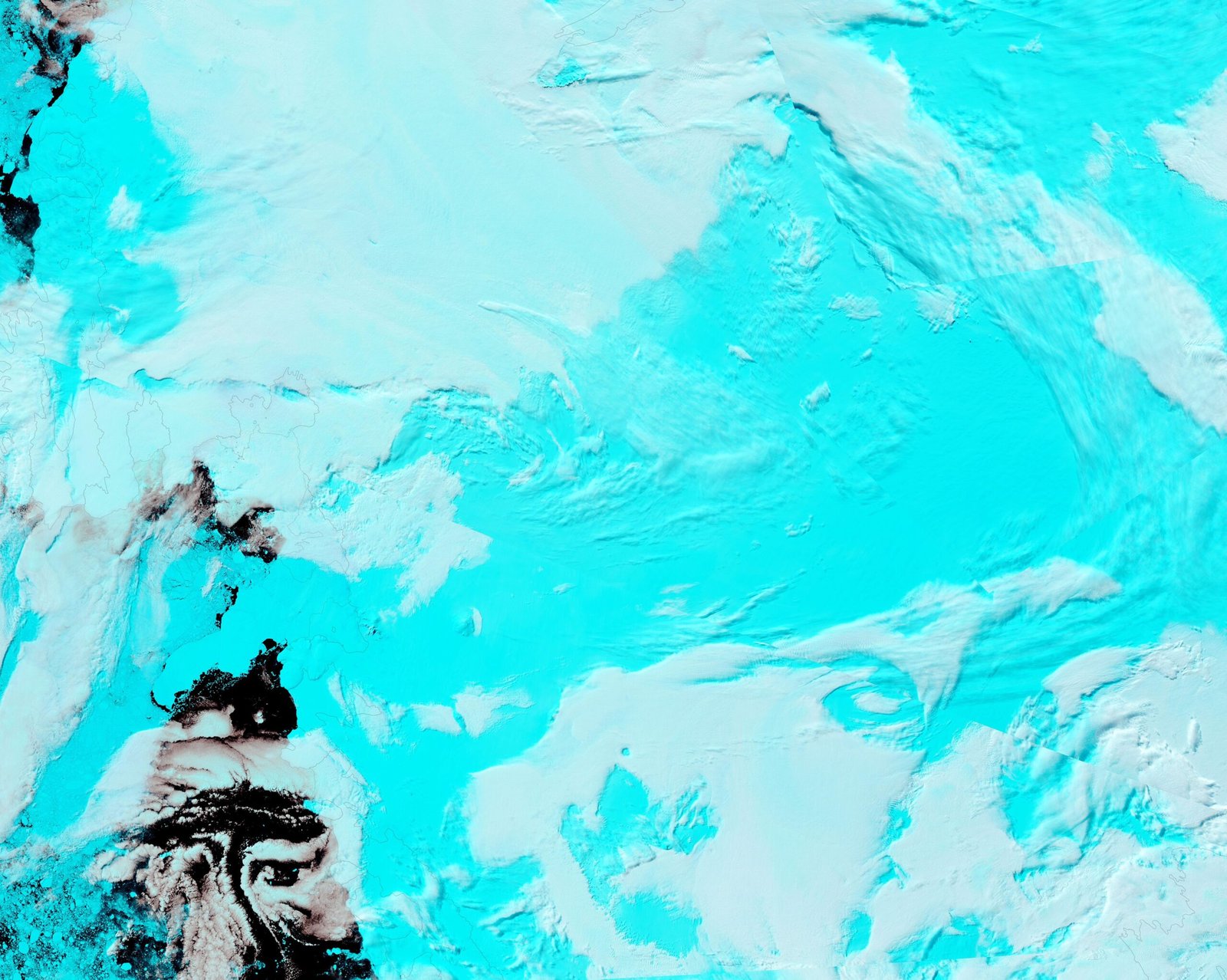
As the climate warmed, glaciers started to retreat, unleashing torrents of meltwater. The seas rose—by some estimates, as much as 120 meters—swallowing coastlines and reshaping continents. Rivers surged, carving new paths and flooding valleys where people had once lived and hunted. Imagine returning to your village only to find it submerged forever. The trauma and chaos of these floods must have been unimaginable. Some scientists suggest these events inspired ancient flood legends, like the story of Noah or the Epic of Gilgamesh, echoing the terror and awe our ancestors felt as their world was literally swept away.
Lost Lands: Sunken Cities and Forgotten Shores
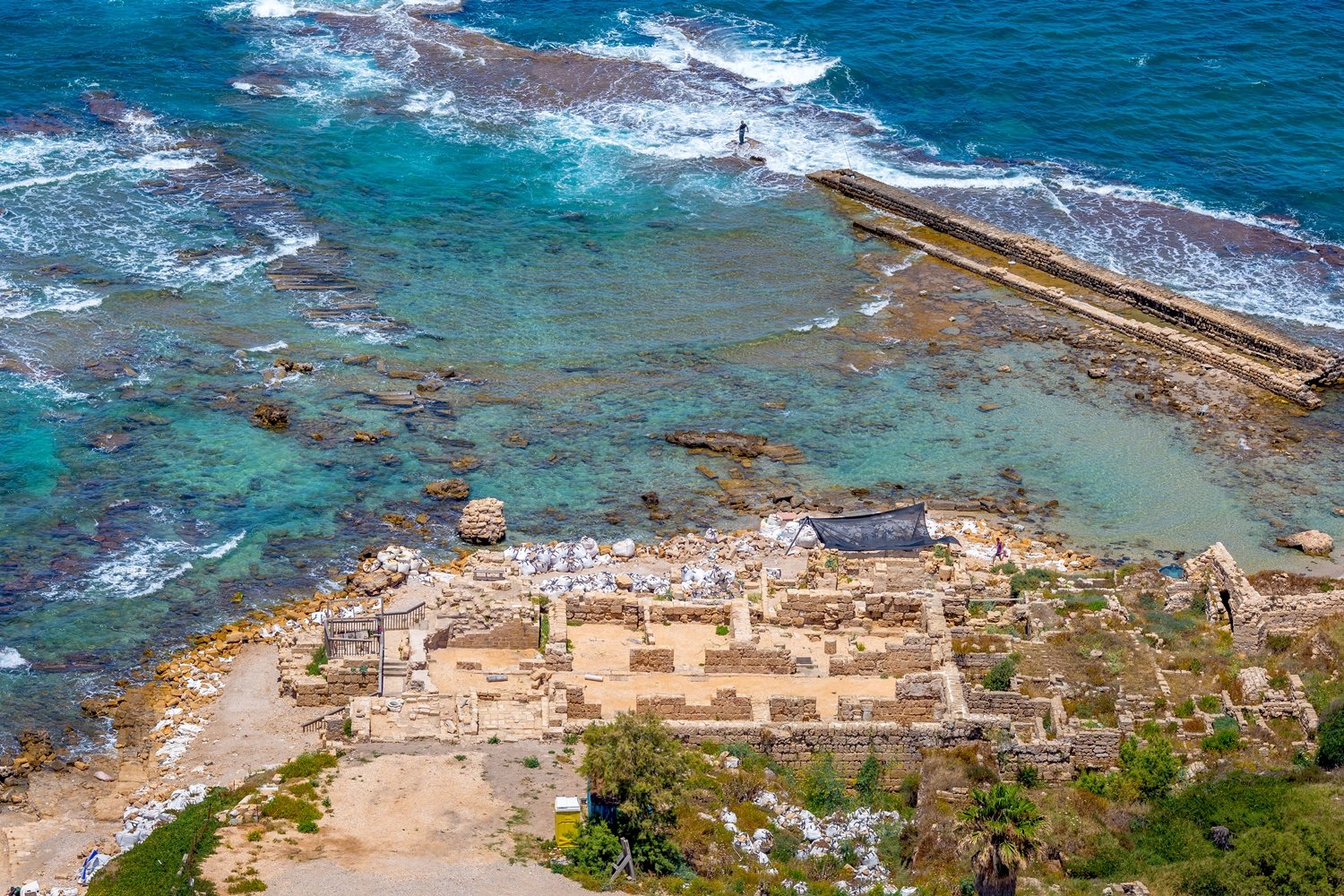
Beneath today’s oceans lie the ruins of worlds lost to the rising tides. From the mysterious structures off India’s Gulf of Khambhat to the drowned forests of Doggerland, evidence suggests people once lived where now only fish swim. These underwater sites hint at settlements, tools, and even art—reminders that ancient civilizations may have been more widespread and advanced than we once thought. Each archaeological discovery is like finding a message in a bottle, sent from a time before the waves came crashing in.
Adapting to Disaster: The Human Spirit Endures
When the land disappeared, ancient peoples didn’t simply vanish—they adapted. Forced to move, they followed the retreating shorelines, invented new tools, and learned to exploit different resources. In some places, they shifted from hunting mammoths to fishing and gathering shellfish. The trauma of losing homes and land was real, but so was the resilience. Oral traditions, passed down through generations, may have helped survivors remember lost ways and rebuild in new places. This spirit of adaptation is one of humanity’s oldest superpowers.
Carrying Knowledge Through Chaos
Did ancient people have to start over entirely? Not quite. While much was lost, knowledge traveled with the survivors. Imagine elders teaching children how to knap flint or weave baskets, even as they huddled in new, unfamiliar places. Skills like fire-making, tool-crafting, and map-making were too precious to forget. In fact, some evidence suggests that key innovations—like farming—spread rapidly in the post-Ice Age world, as desperate people shared wisdom and techniques. Human memory, both individual and collective, became a bridge across the floodwaters.
Seeds of Civilization: Agriculture’s Surprising Roots
As the world warmed and ice retreated, new opportunities arose. In the fertile valleys of the Near East, people began to experiment with planting seeds and domesticating animals. This wasn’t a sudden leap, but a gradual process, likely accelerated by necessity. Flooded hunting grounds and changing climates may have nudged people toward farming as a reliable food source. Archaeologists have found evidence of early wheat and barley cultivation in places like Jericho, one of the world’s oldest towns. The birth of agriculture wasn’t just a triumph of survival—it was a spark that would ignite the rise of civilization.
Oral Traditions: Stories That Survived the Deluge
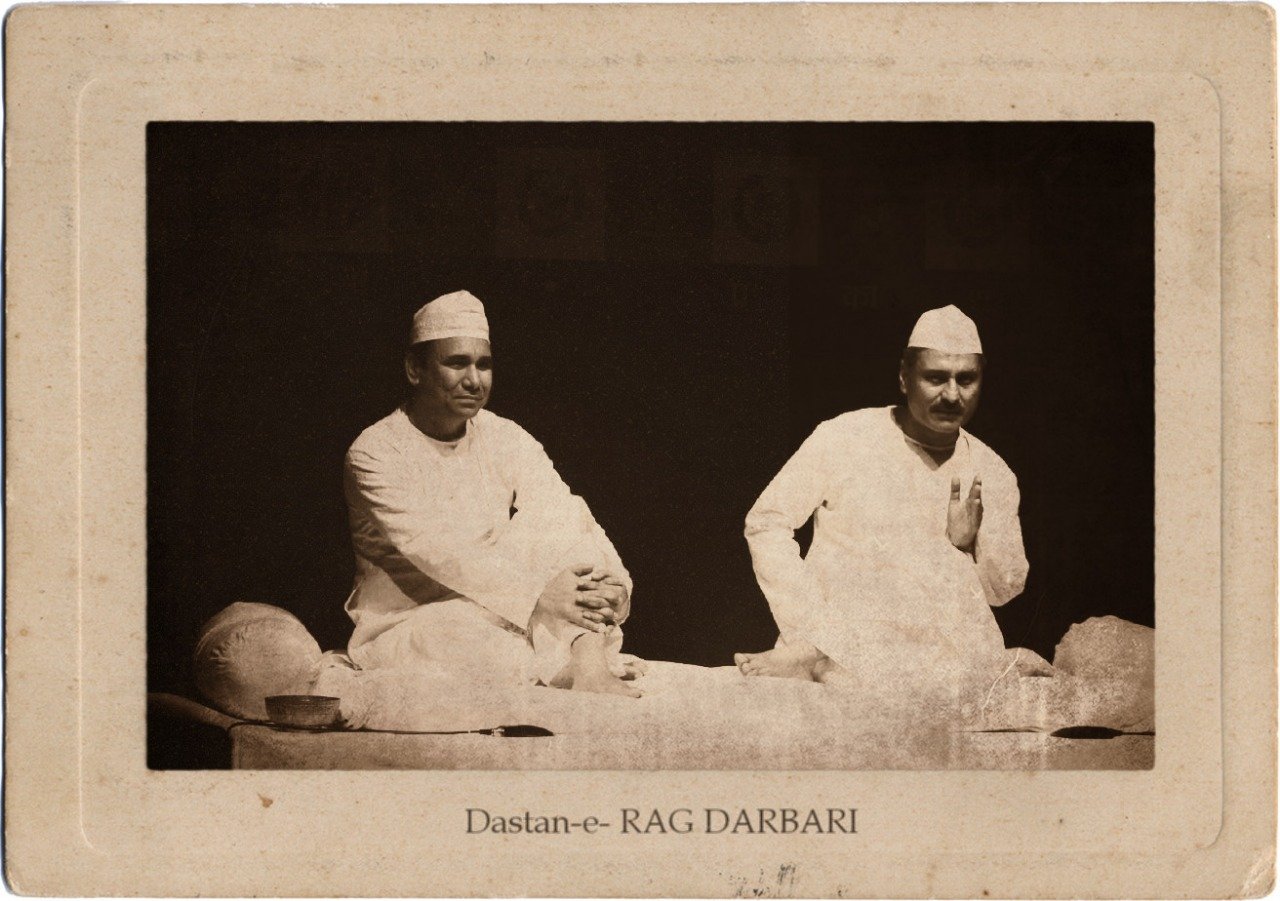
Long before writing, stories were the glue that held communities together. Myths, legends, and songs kept memories alive, preserving lessons about floods, migrations, and lost lands. Many cultures worldwide—Australian Aboriginal, Native American, and others—tell tales of great floods and vanished shores. These aren’t just bedtime stories; they’re coded survival guides, echoing warnings and wisdom from a time when the world was unpredictable and dangerous. In a way, our ancestors’ stories were lifeboats, carrying knowledge across generations.
The Stone Age Revolution: Tools and Tech After the Ice

The end of the Ice Age didn’t just wash away old ways—it sparked a burst of innovation. New tools appeared, like finely crafted blades, fishing gear, and pottery. People learned to build sturdier houses, sometimes with stone foundations that still stand today. In places like Göbekli Tepe in Turkey, people gathered to build astonishing stone monuments thousands of years before the pyramids. These achievements prove that, far from starting over, ancient societies were forging ahead, turning adversity into opportunity.
Migration and the Birth of New Cultures
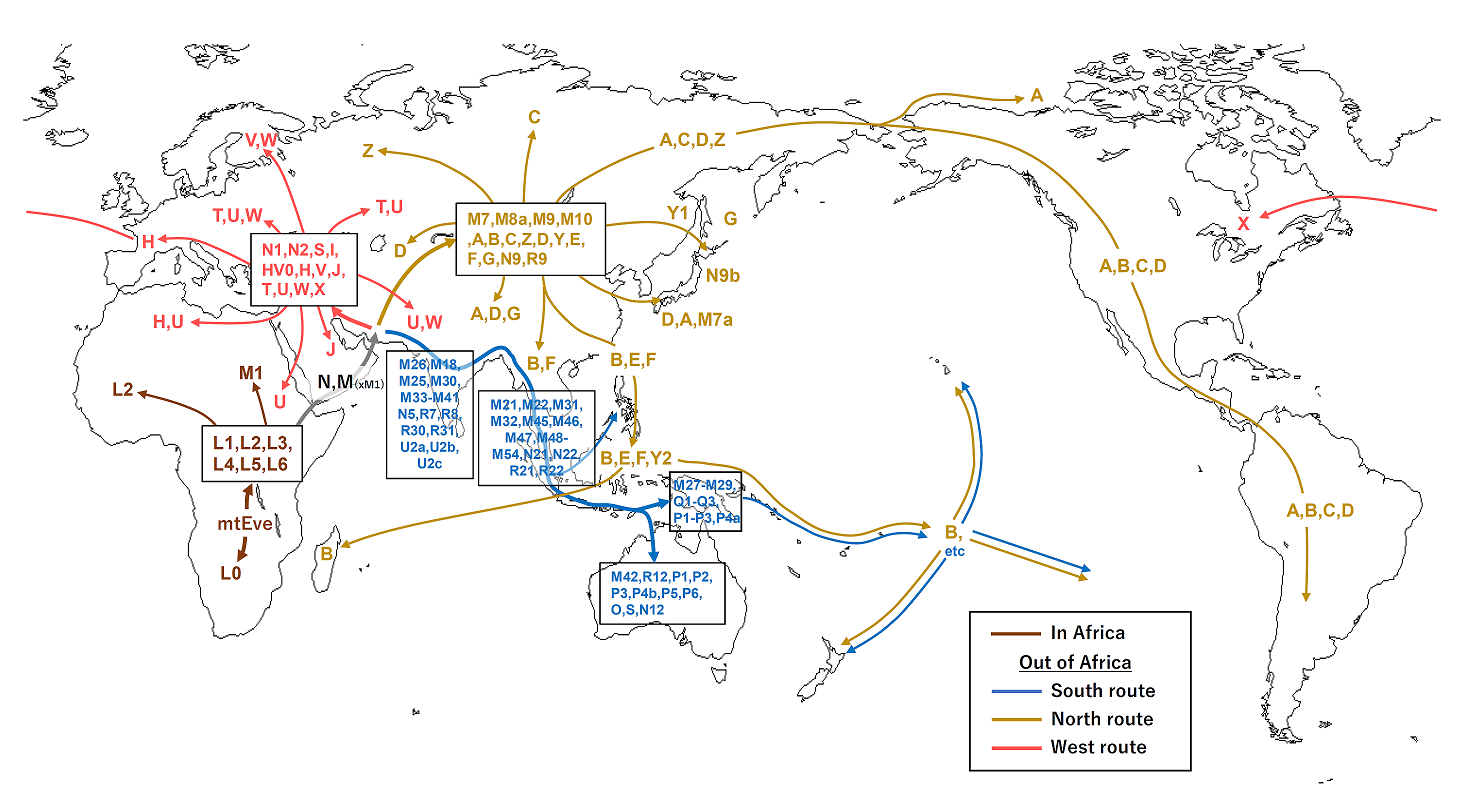
As old territories vanished, people were forced to move—sometimes across vast distances. These migrations brought groups into contact, leading to the exchange of ideas, languages, and genes. The spread of people into the Americas, for example, may have been accelerated by changing coastlines and shifting climates. Each new group carried fragments of their old world, blending them with new experiences to create unique cultures. This constant movement and mixing is written into our DNA, and into the diversity of human traditions today.
Flood Myths: Memory or Metaphor?

Why do so many ancient cultures tell stories of great floods? Scholars debate whether these myths are literal memories of real events or symbolic tales of renewal and loss. The truth may be a bit of both. Geological evidence shows that sudden sea level rises and catastrophic floods really did happen in many parts of the world. For the people who lived through them, these events would have seemed like the end of everything—a divine punishment or a cosmic reset. Whether as history or metaphor, these stories remind us of our vulnerability and our ability to rebuild.
Archaeological Surprises: New Discoveries Underwater
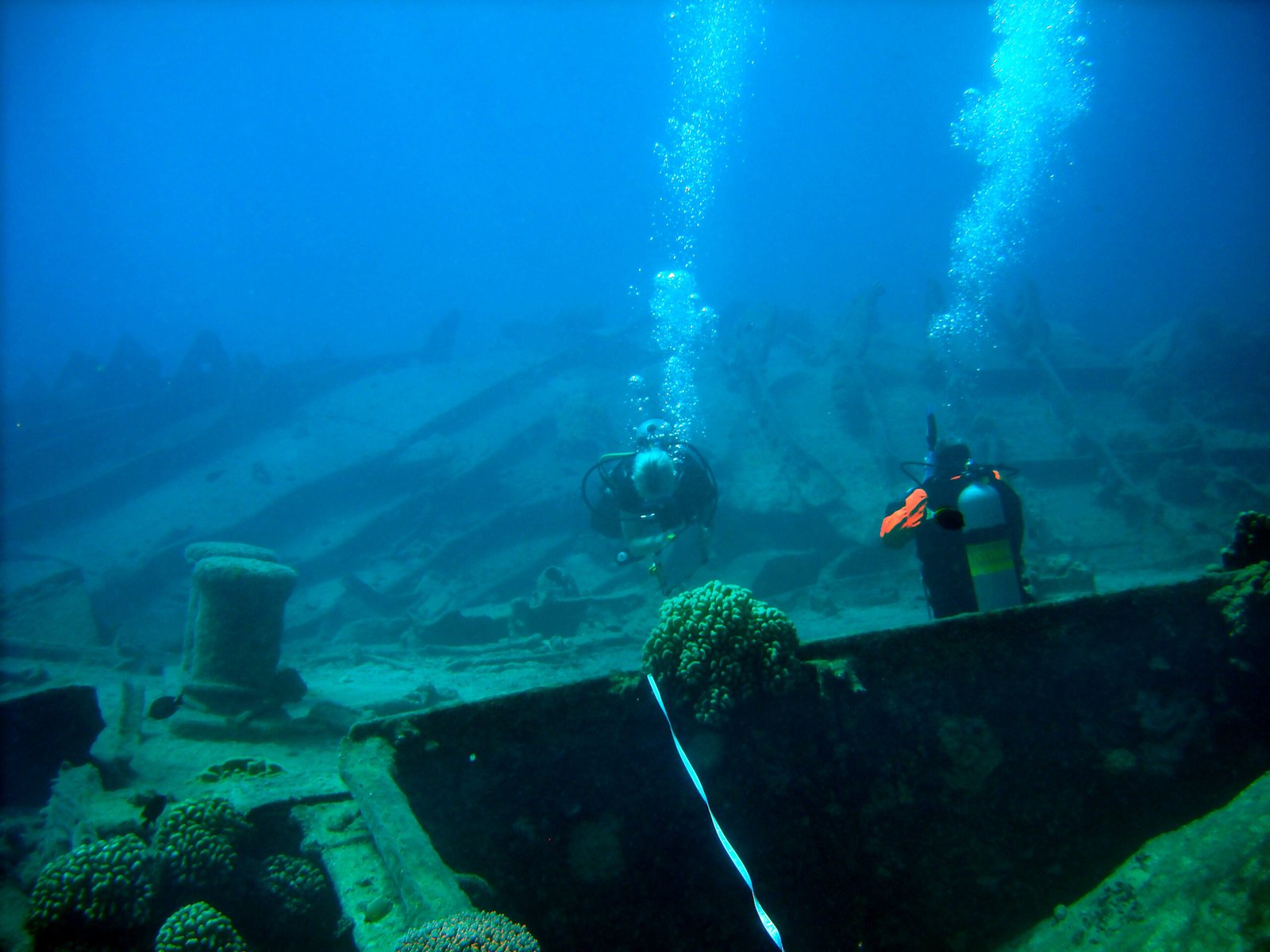
Modern technology is revealing lost worlds beneath the sea. Sonar, underwater drones, and deep-sea archaeology have uncovered ancient tools, settlements, and even roads on submerged land. In places like the Black Sea, scientists have found traces of Neolithic villages drowned by sudden floods. Each discovery challenges our assumptions about where—and how—people once lived. What other secrets lie buried beneath the waves, waiting to rewrite our understanding of the past?
The Birth of Cities: From Villages to Urban Centers
As people regrouped and adapted to new environments, some settlements grew into the first true cities. Sites like Çatalhöyük in Turkey and Jericho in the Levant became bustling centers of trade, art, and ritual. These early cities weren’t just places to live; they were laboratories for new ideas—writing, pottery, and even early forms of government. The melting of the Ice Age didn’t erase progress; it set the stage for even greater leaps.
Rebuilding Social Bonds: The Role of Community
Surviving disaster is rarely a solo act. Ancient communities relied on cooperation and shared effort to rebuild after floods and losses. Archaeologists have found evidence of communal buildings, shared feasts, and collective rituals from the post-Ice Age period. These social bonds weren’t just about survival—they were about finding meaning and hope in a changed world. The sense of belonging, of working together toward a common goal, was as vital as any tool or technology.
Climate Change’s Double-Edged Sword
The end of the Ice Age brought both destruction and opportunity. As glaciers melted, new lands were exposed, rich in resources and ready for settlement. But the unpredictability of the climate also posed new challenges—drought, floods, and shifting growing seasons. Ancient people became expert weather-watchers, developing calendars and rituals to predict and cope with environmental change. Their struggle is a reminder that climate change is nothing new—and that adaptation is key.
The Echoes of Lost Civilizations Today
The legacy of those who survived the last great melt is all around us. Many modern coastlines, river valleys, and cities sit atop layers of history shaped by ancient floods and migrations. Even our languages, myths, and customs carry echoes of that distant upheaval. Every time we build on a floodplain or tell a flood story, we’re tapping into a well of memory that stretches back to the dawn of civilization.
Genetic Clues: Tracing the Survivors
DNA can tell incredible stories about ancient migrations and survival. Studies of ancient remains show how people moved, mixed, and adapted after the Ice Age. Genes for lactose tolerance, skin color, and disease resistance often first appear—or spread—during this turbulent period. Our bodies, like our myths, are living archives, recording the epic journey from the ice to the present.
Lessons for the Future: Adapting to Change
The saga of ancient civilizations after the last Ice Age is more than just a story from the past—it’s an urgent lesson for today. As we face new challenges from climate change and rising seas, the resilience and creativity of our ancestors offer hope. They remind us that disaster can be a catalyst for growth, and that what we carry in our minds and hearts is just as important as what we build with our hands.
What Remains Unanswered?
Despite all we’ve learned, mysteries remain. How much did early people really know about the world they lost? What innovations or traditions vanished beneath the waves forever? Every new discovery raises new questions, challenging us to look deeper and think bigger. The drive to understand where we come from—and what we can survive—keeps us digging, diving, and dreaming.
The story of civilization after the last Ice Age is one of loss, resilience, and astonishing creativity. Even as the world changed beyond recognition, our ancestors found ways to adapt, remember, and rebuild. Their courage echoes down to us, a reminder that even the deepest floods can’t wash away the human spirit. What would you do if your world was swept away overnight?




